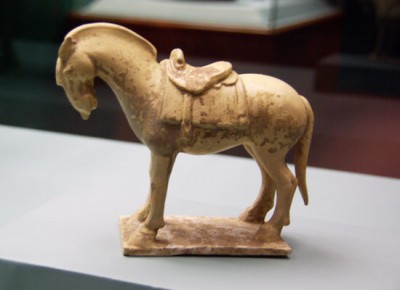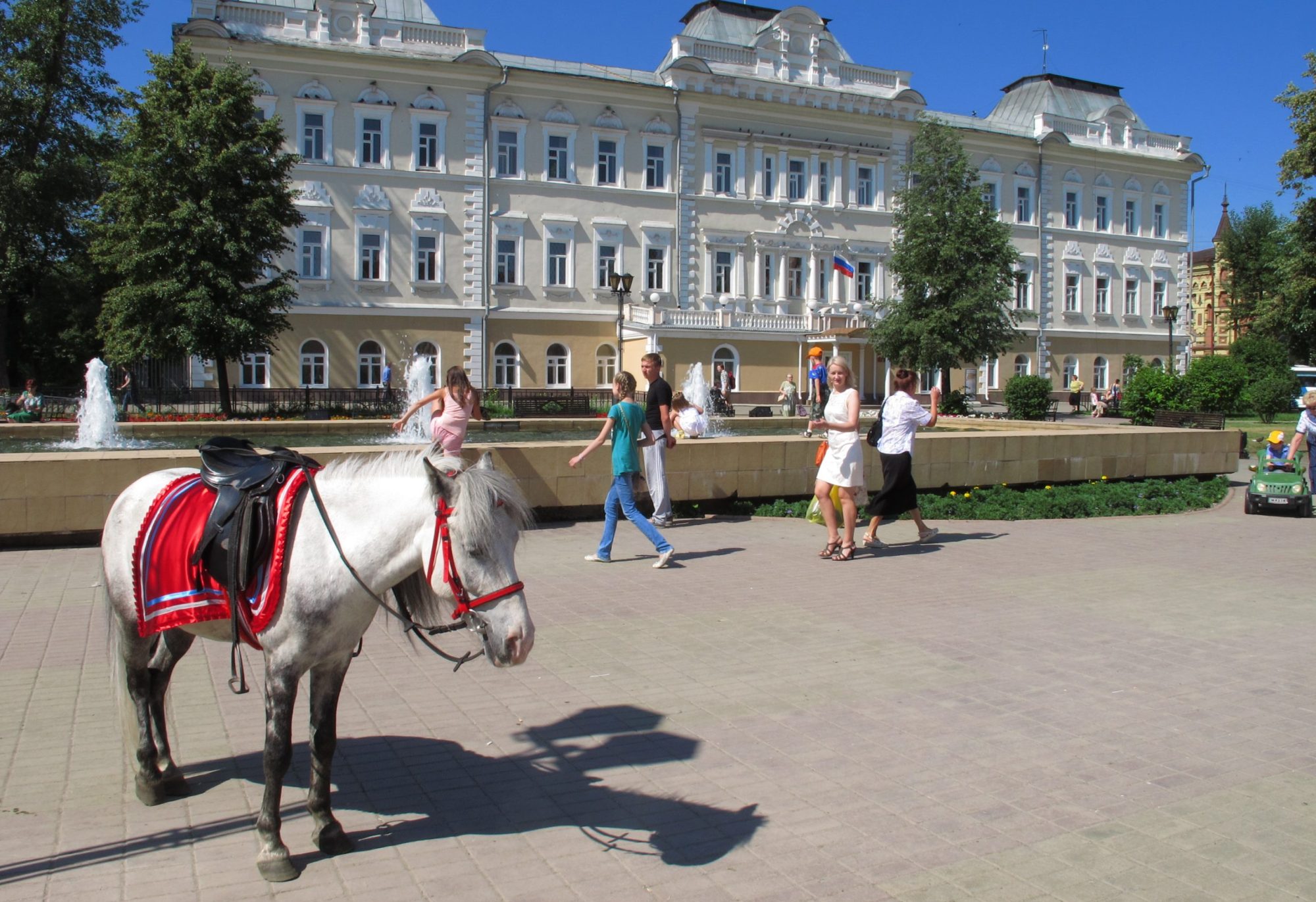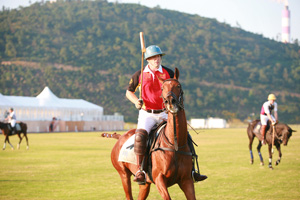From northern to soutern China I’m often reminded of how much the Chinese prize ceramic horses. There’s an art shop cum café called Sancai in the modern art museum in Guangzhou named after the Sancai glaze used to cast the horses of the Tang period (618-907). These fine beasts (they look even more so in pottery) were brought in from Central Asia – the Fergana valley in today’s Uzbekistan and Kyrgyzstan – to add some strength to the imperial cavalry.

Central Asian bloodstock was depicted as the “blood sweating” horse. The Song and the Jin (1115-1234 AD and 960-1279 AD respectively) both spent treasure to build up their stables. A modern generation of Chinese blockbuster films glorify the period, putting national pin ups and pop stars into period battle dress to show off the skills of mounted warriors armed with crossbows.
Most people though will go back earlier, to the Qin dynasty (221-210 BC) for an even more impressive – and life-size – depiction of Chinese horses in clay: The life-size terracotta horses in the Qin royal tombs, unearthed and on display today in Xi’an city.
Chinese emperors and artists have for centuries been depicting horses in jade, marble, clay, bamboo and paint. The best works however died out when between the Ming and Qing dysnasties that cover the period 1368 to 1912, since horses were gradually being replaced with imported western guns.

The horse came to symbolize hope and courage in Japanese-occupied and civil war-torn China (not so often given the big-screen treatment) a place racked by war and hunger. Painters Li Gonglin, Han Gan and Zhang Ma became masters of mixing traditional Chinese ink painting and western oil effects. Chinese brush and ink artists prefer to paint bamboos and foggy mountains but Zhang Mu’s Horse Under a Tree, meant to convey the loneliness of war-ravaged China of the 1930s, is one of the finest examples of equine painting anywhere.
Zhou Xun and Zhao Mengfu both mastered the equine bodyline, though it’s not sure where they found the horses to paint: their studies don’t look like the rough Mongol and Yili breeds that were mostly all China had at the time.



